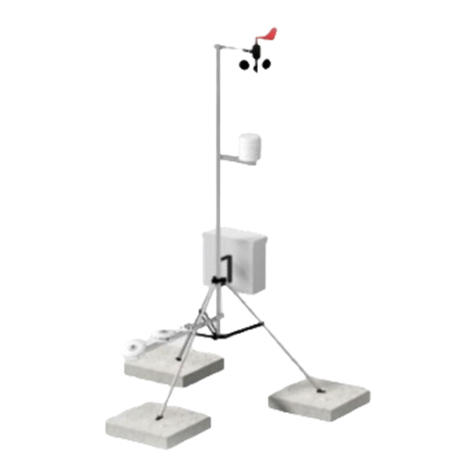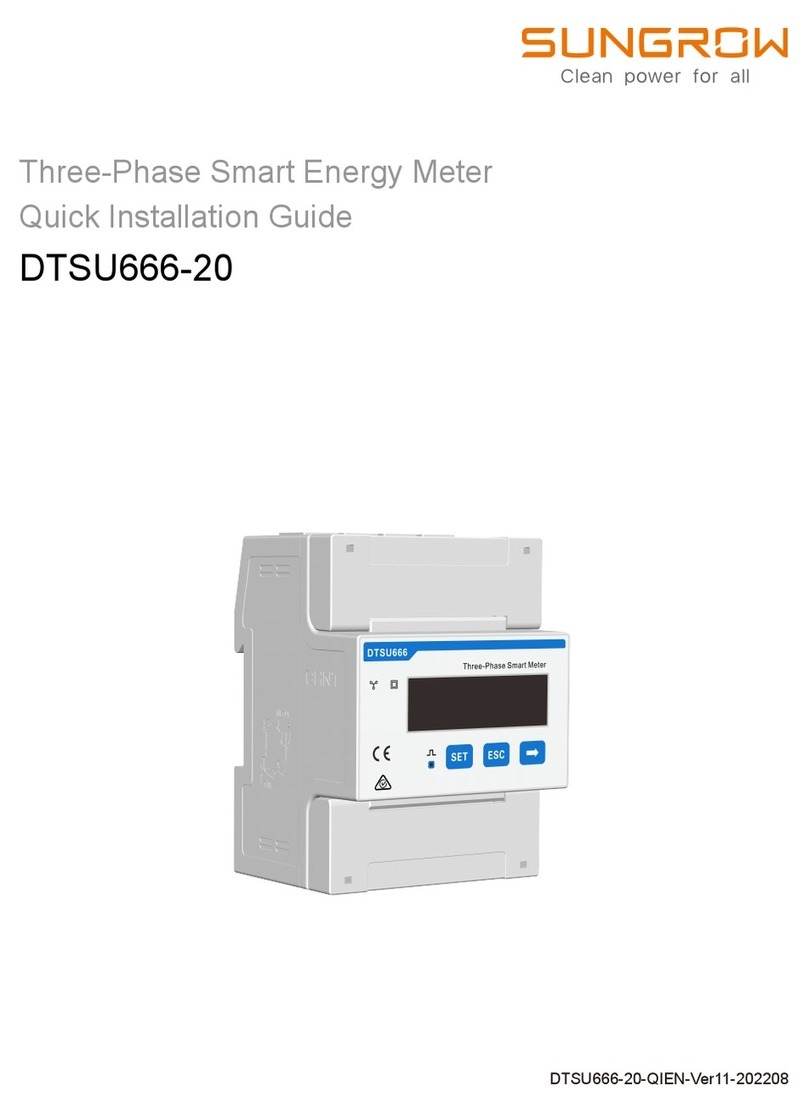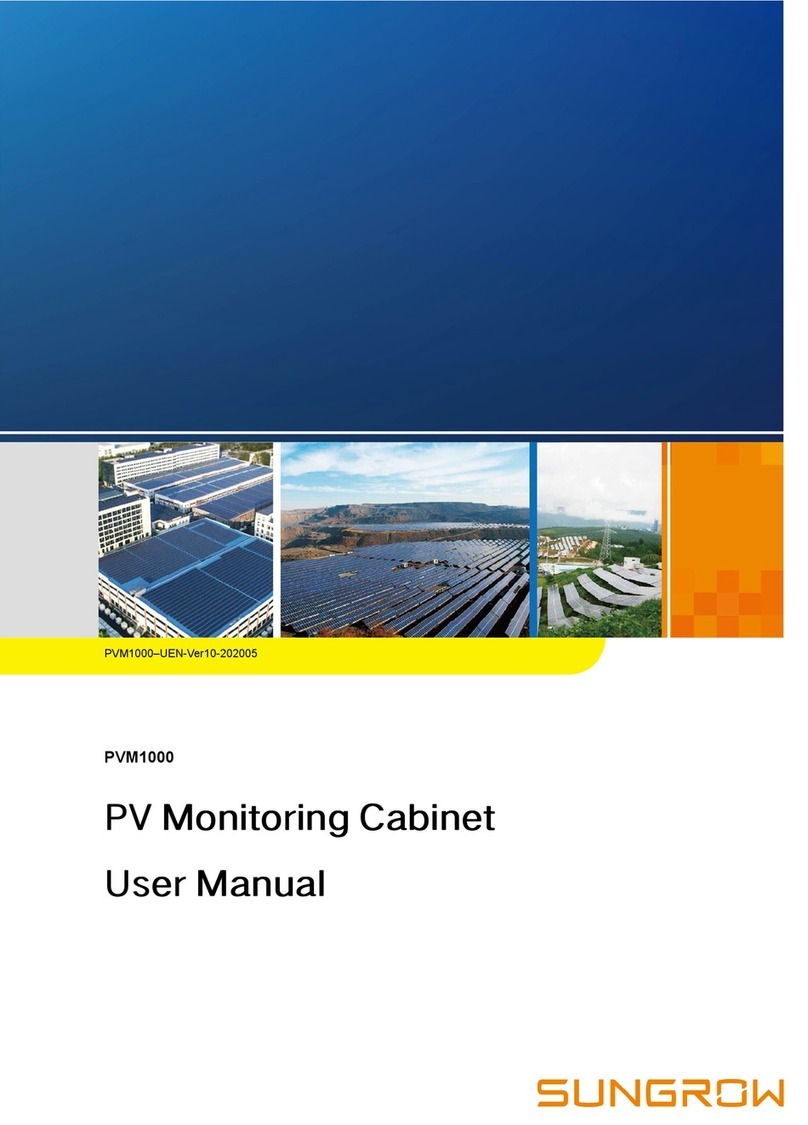
II
6.1 Preparation before Electrical Connections ......................................................21
6.1.1 Opening Cabinet Door.........................................................................21
6.1.2 Power-off Preparation..........................................................................22
6.1.3 Cable Layout ......................................................................................22
6.1.4 Waterproof Terminal and Cable Specification ........................................23
6.2 Input Connections ........................................................................................24
6.2.1 Brief Introduction.................................................................................24
6.2.2 MC4 Connector...................................................................................25
6.2.3 PG Gland Terminal..............................................................................26
6.3 Output Connections......................................................................................28
6.4 Ground Connection ......................................................................................31
6.5 Communication Connection ..........................................................................33
6.5.1 Cable Connection ...............................................................................33
6.5.2 Communication Solution......................................................................34
6.6 Communication Settings ...............................................................................36
6.6.1 Setting Communication Address ..........................................................37
6.6.2 Setting String Access Status ................................................................38
6.7 Start/Stop ....................................................................................................38
7 Commissioning ...............................................................................................39
8 Routine Maintenance .....................................................................................40
8.1 Brief Introduction ..........................................................................................40
8.2 Maintenance Work........................................................................................40
8.3 Fuse Replacement .......................................................................................41
8.4 Sealing Strip Replacement ............................................................................42
9 Troubleshooting ..............................................................................................43
9.1 Before Troubleshooting.................................................................................43
9.2 Common Faults and Corrective Methods........................................................43
10 Appendix .......................................................................................................45
10.1 Technical Data............................................................................................45
10.2 Cable Requirements ...................................................................................47
10.3 Quality Assurance ......................................................................................47
10.4 Contact Information ....................................................................................48































